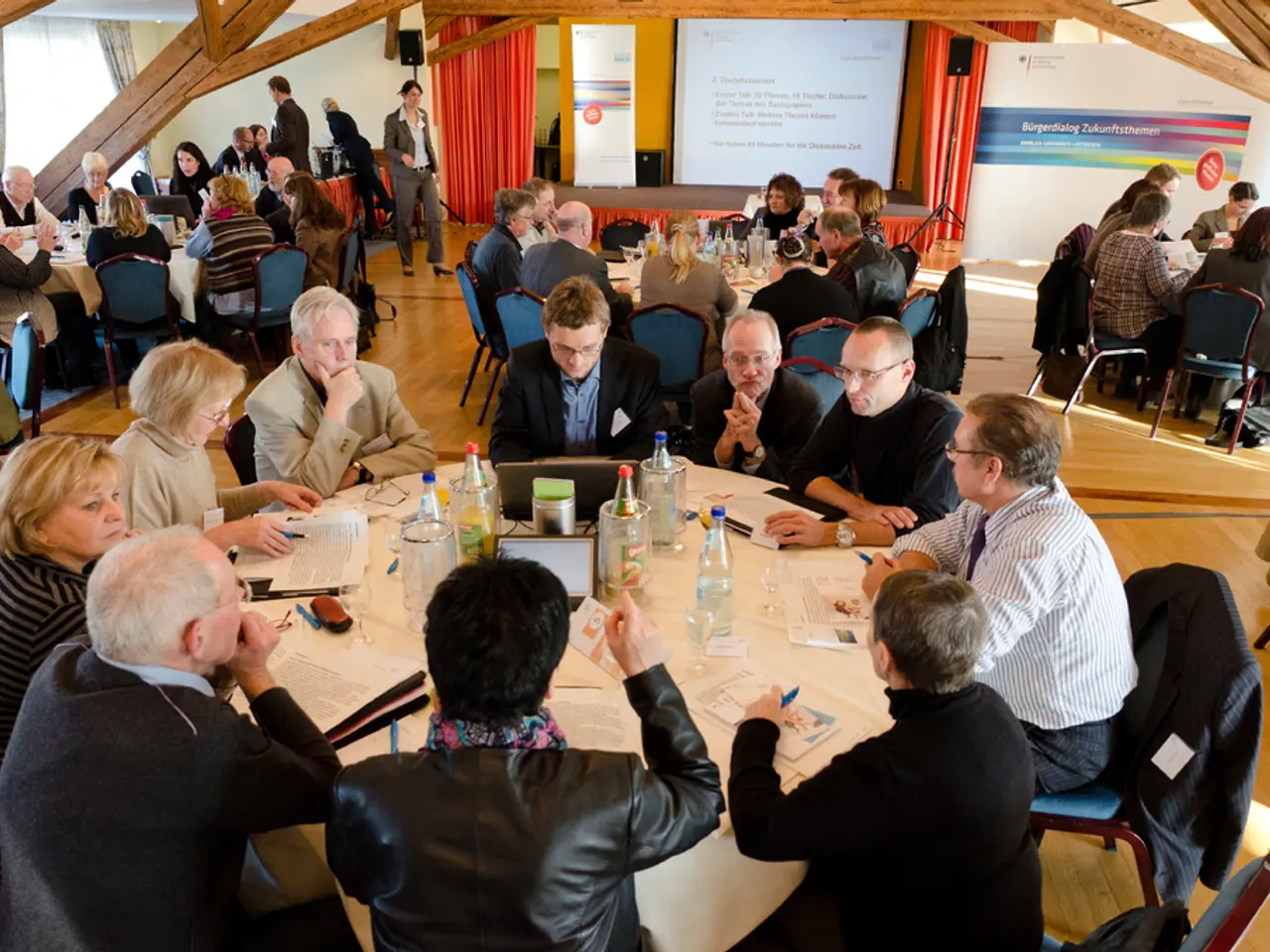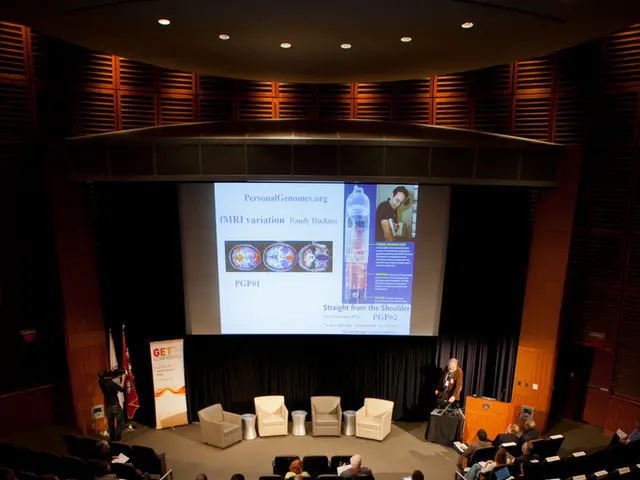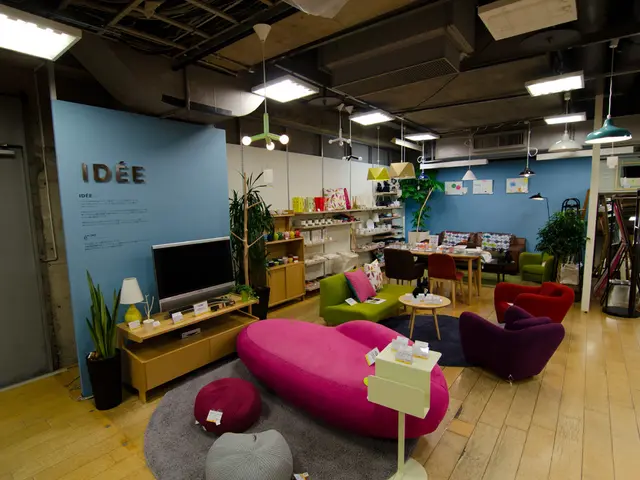Initial Approach for Streamlining Any Cluttering Problem
In the quest for a clutter-free home, the act of decluttering can often feel overwhelming. However, by focusing on a strategic approach, the process can become simpler and more manageable.
One key strategy is to choose what to keep before deciding where to place it. This method, often overlooked, offers numerous benefits that make the decluttering process more effective and sustainable.
Firstly, selecting items allows you to evaluate their usefulness and value. By asking yourself if you really need an item, if it serves a purpose, or if it holds deep sentimental value, you can make informed decisions about what to keep and what to let go. This step prevents the cycle of moving clutter from one place to another, ensuring a cleaner and more organised living space [1][2][3].
Secondly, by keeping priorities clear, such as creating more space, reducing stress, or saving time, you can ensure that the items that stay align with your lifestyle and needs. Choosing what to keep based on these goals helps streamline the decluttering process and makes it more purposeful [1].
Thirdly, avoiding decision fatigue is another advantage of this approach. By reducing the number of items early on, the organising and cleaning process becomes faster and easier [4].
Lastly, focusing on what "sparks joy" or holds real meaning, a method popularised by Marie Kondo, helps you create a home filled with things you love rather than excess items [4].
It's important to respect the selection process during decluttering. Being ruthless during the initial selection process is crucial to prevent keeping everything due to difficulty letting things go. Opting for nothing at all over meh items can lead to a more intentional and meaningful selection process.
Excelling at rejection, a necessary part of life and decision making, is a valuable skill to develop. The scenario of selecting and rejecting can be applied in different contexts, such as career choices or relationships.
Avoid becoming a drawer scraper by not attempting to decorate as you declutter. Items that are scraped off will likely be collected and stored rather than discarded.
The practice of rejection is the reason minimalism is popular right now. By focusing on what truly matters, we can create a more intentional and meaningful life.
In conclusion, by choosing what to keep first, you effectively reduce clutter before deciding on placement. This method prevents wasted effort on organising things that don't truly belong, making the whole decluttering process more manageable, purposeful, and sustainable [1][2][3][4].
- Adopting a strategic approach in decluttering involves choosing what to keep before deciding where to place it, yielding a cleaner and more organized home [1][2][3].
- By prioritizing and evaluating the usefulness, purpose, or sentimental value of items, one can make informed decisions during the decluttering process [1].
- Embracing minimalism means focusing on what truly matters, which results in a more intentional and meaningful life [5].
- Selecting items based on lifestyle and needs can streamline the decluttering process and ensure the remaining items serve a purpose in the home [1].
- In the home-and-garden or home-improvement blog, the significance of avoiding decision fatigue in the decluttering process can be highlighted alongside tips for a more intentional lifestyle [1][4].




